Mentor me up
Learning Using Mentors - LUM method
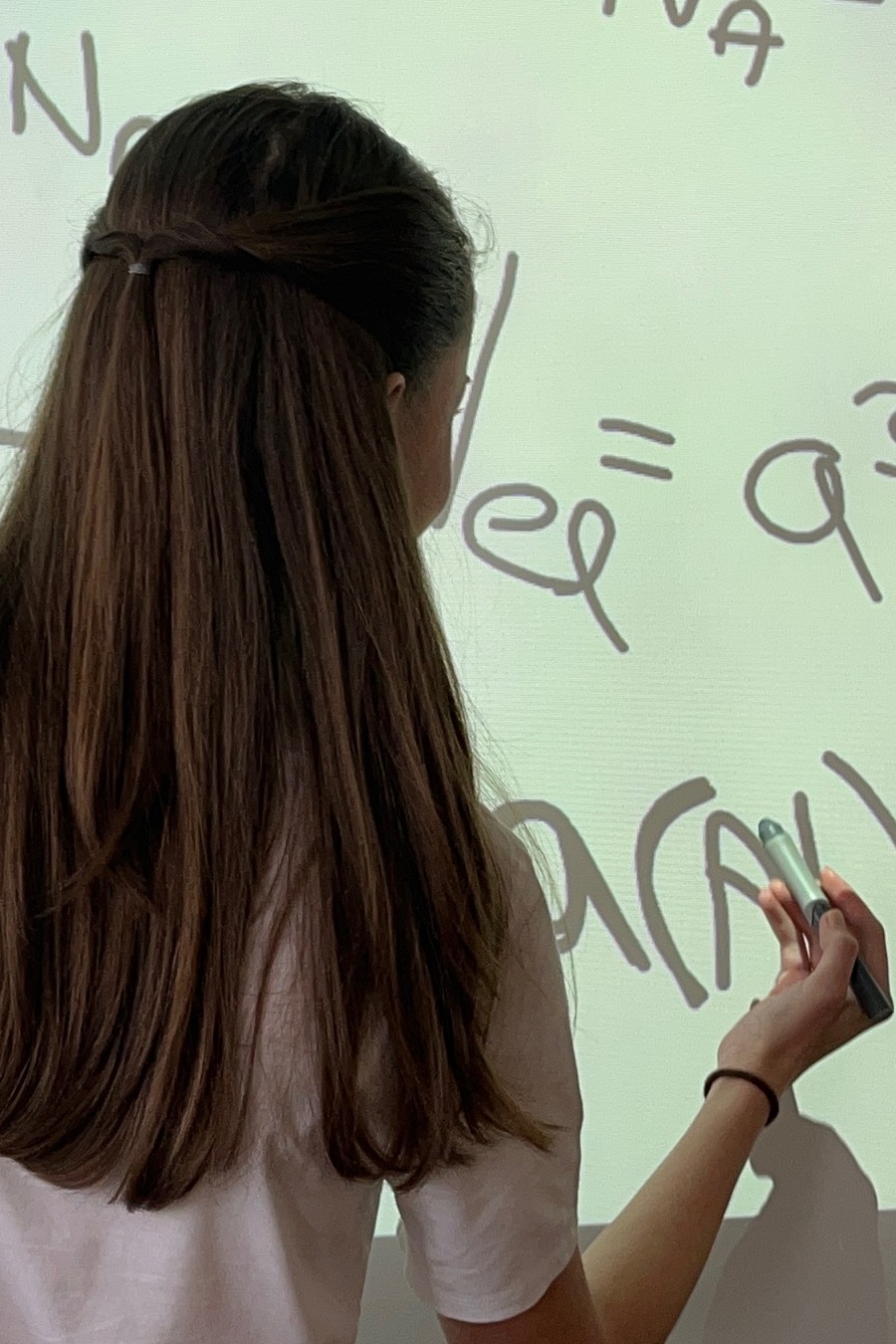
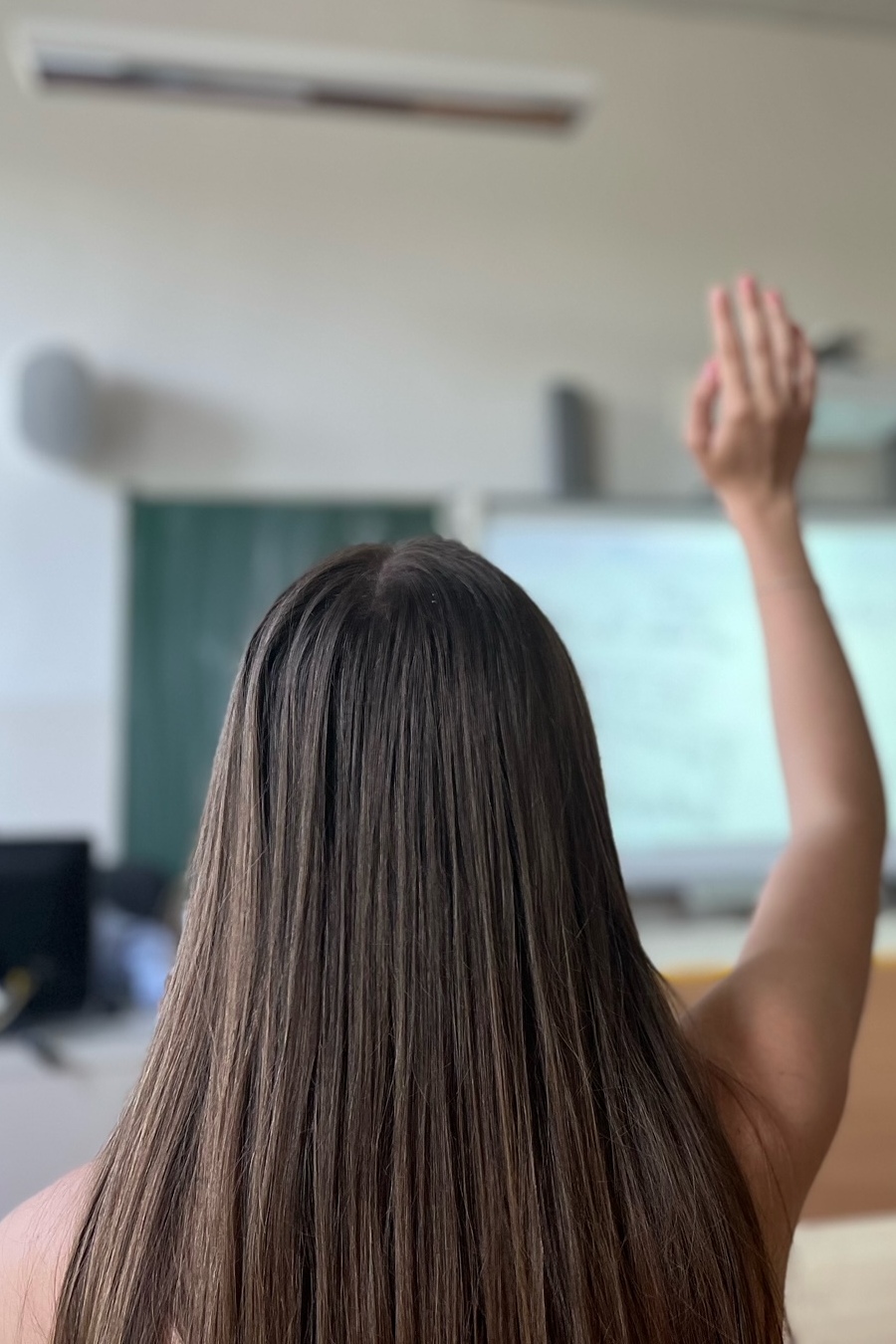
A learning method designed to be easily implemented and to help teachers in the common school system.
Despite a growing number of research on different types of non-classical learning methods and widely known benefits, implementation in the common school system is still rare.
Although there are studies identifying challenges, many of the learning methods seem to assume a
specialized school system and they are not simply transferable to practice. Method “Learning using
mentors” was designed to be easily implemented and to help teachers bridge the gap between the
common school system and the benefits of modern learning methods.
Fundamentals of method
The basic idea of this method is to appoint a team of mentors, students to whom some of the authority and activity of the teacher will be delegated:

Practice
They practice in lessons and lead classmates in groups.
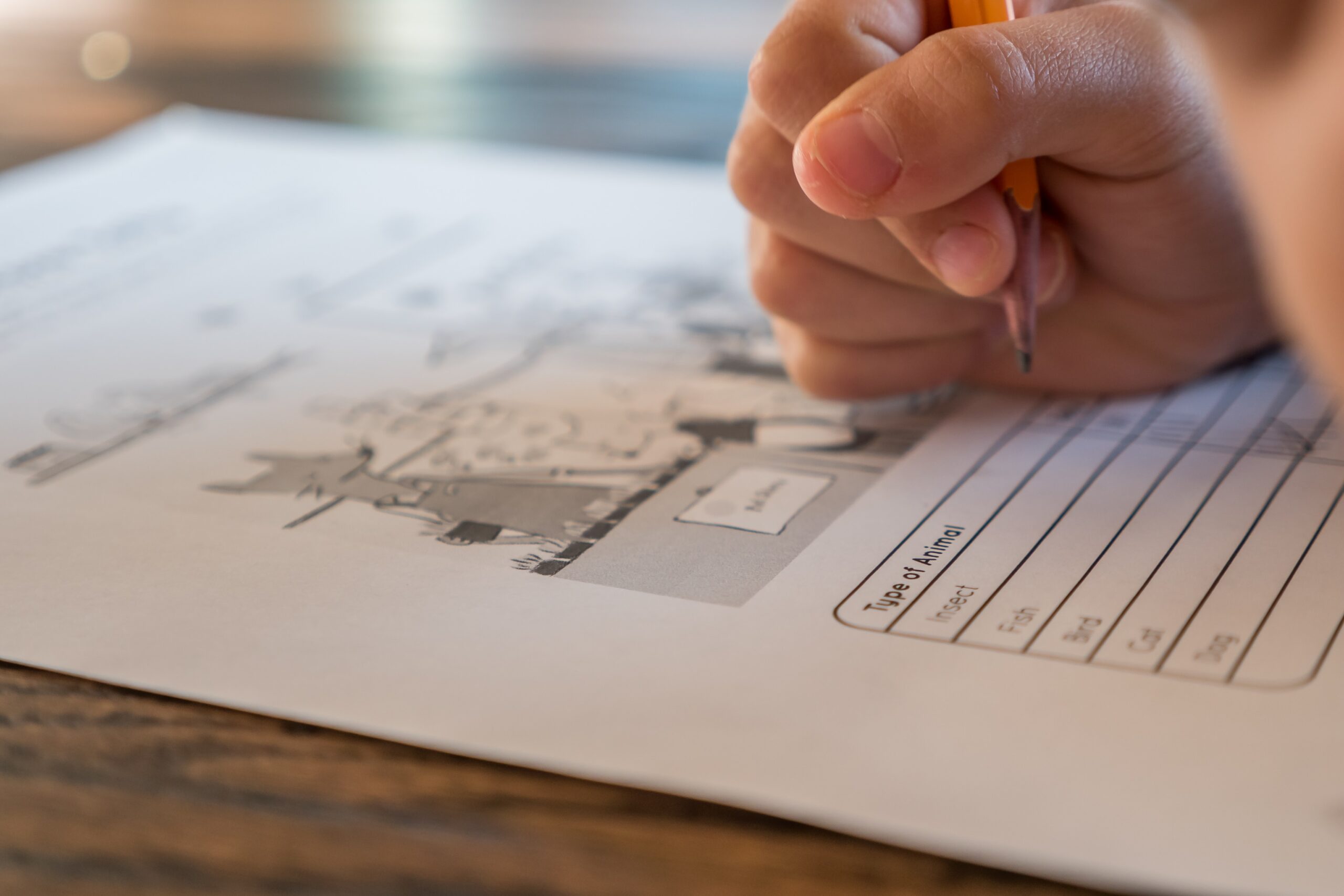
Testing
They are creating and evaluating tests.
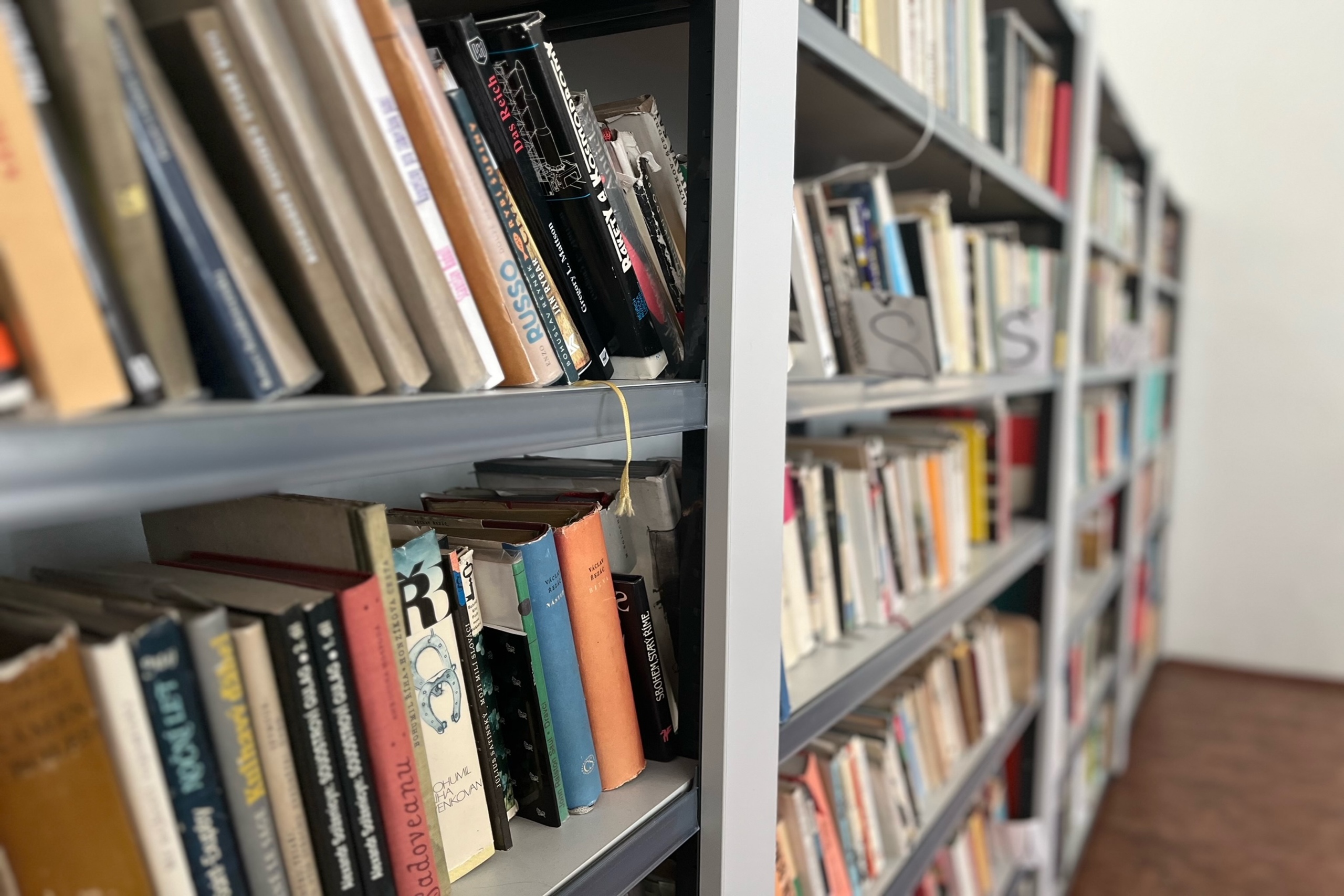
Tutoring
They are tutoring and help classmates.

Motivation for gifted pupils:
Being able to help a friend is the solid foundation of this method: with my talent for the subject I can help someone. Even classmates who are not mentors repeatedly confirmed that they would like to be mentors in subjects they can do better than physics. A motivator that we overlook, even though it is free in front of us.
“I was very happy about it. I said to myself that it makes sense. It makes sense with them.”

What is the difference from usual helping each other?
Mentors are appointed to this role officially. Because they are automatically rated the best grade, other classmates do not feel uncomfortable asking them for help. It’s a kind of deal: mentors are “paid” by good grades to help anyone who asks. Delegated responsibility is a powerful motivator for mentors. According to experience, both are happy with it: mentors and their classmates.
“I like it like this. I’m thinking, what more can I add to this mentor? He’s already doing everything, preparing the papers, practicing, helping us.”
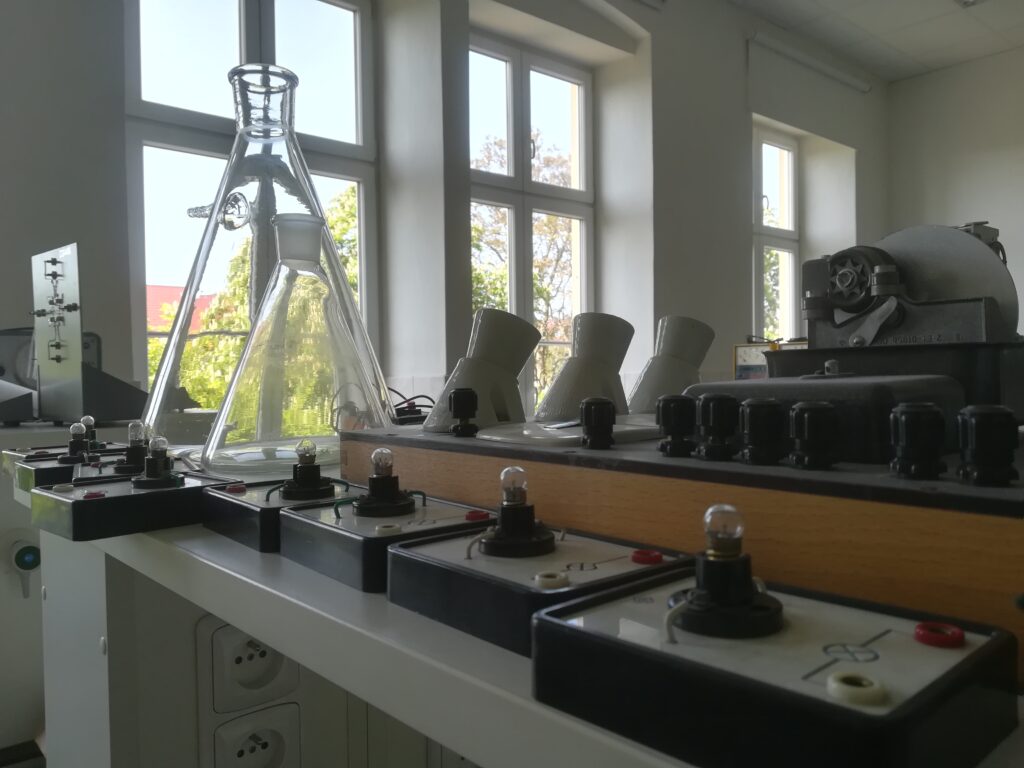
Bridge the language gap - specific in physics
A very strong finding of the research was that age proximity and availability can outweigh the higher ability and professionalism of the teacher! Physics is a kind way language. Therefore in subjects such as physics, the teacher reaches out to a specific group of students with his/her explanations. And there are some pupils unable to understant it well and fast enough. The mentor seems to be a necessary intermediate link in the teaching process. From a certain point of view, it appears that the institution of mentors is not a luxury, but for a particular group of students, it is a necessity. The LUM method bridges this ” language gap”.
„Sometimes I’m not comfortable with a professor and a mentor comes in and explains it a little easier and I get it, which is great.”
Benefits
Benefits for teacher:
- Saves teacher’s time
- Solves the problem of gifted pupils
- Motivates the unmotivated pupils
- Creates new motivators for learning
- Bridges the language gap in physics
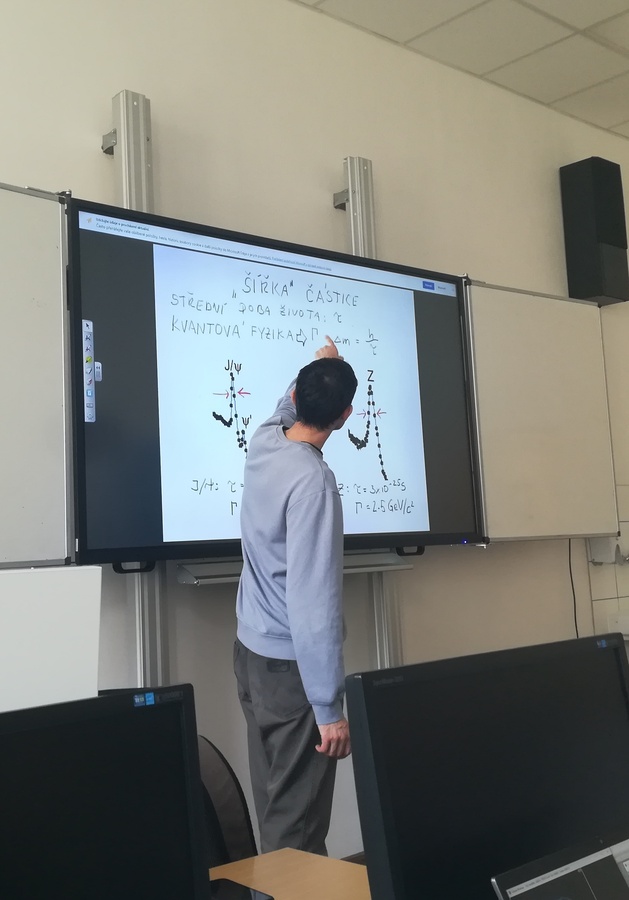
Benefits for the mentor
- Ability to teach
- Growth in the subject
- Presentation in front of people
- Personal study direction
- Team communication
- Increasing interest in the subject
- Learning responsibility
- Learning patience
Summary of key benefits LUM
Two years of experience show that the LUM method is very well accepted by the majority.
The language of physics
It seems that only a teacher, even a good teacher, is not enough for subjects like physics. A certain group of pupils needs someone who is more accessible to them to explain the subject to them.
Motivation
The LUM method brings into the teaching system the motivation to be useful for the benefit of the classmate. This motivation is very strong and is natural to the method.
Development
It also makes the mentors move forward in this method, both in their ability to teach and communicate and in the subject itself.
Support for gifted pupils
The LUM method addresses the problem of gifted students. This is often a problem for teachers because it requires special preparation and work by the teacher in the normal teaching system.
Time management
The LUM method transfers much of the routine work from the teacher to the mentors. The teacher is not burdened with more time than usually. On the contrary, he gains time to focus on the gifted pupils - the mentors. At the same time, those who struggle to understand physics are also satisfied thanks to the help of the mentors.
mentor's commentary
"And I also had to learn to empathize with the other person, how they understand or don't understand, so I could explain it to them better, which was quite important."
About Author
Jaroslav Šmahel graduated from the Faculty of Education of Jan Evangelista Purkyně University in Ústí nad Labem. He taught physics and mathematics at several secondary schools. In recent years he has been teaching Mathematics and Physics at the Grammar school in Kadaň. Here he also introduces and creates the method of Learning Using Mentors. He collaborates on this research with the Department of Didactics of Physics at the Faculty of Mathematics and Physics of Charles University. He is married and has a son.
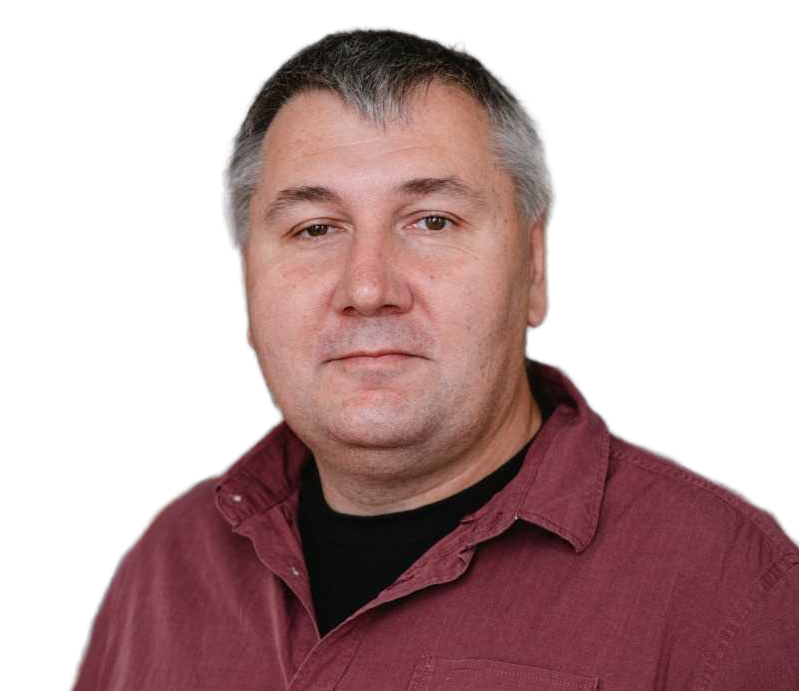
Research
Learning Using Method in the context of current learning methods – Theoretical framework of the method
A natural question is where to place the Learning Using Mentors method (LUM) in the context of methods that are widely used today. Probably the closest theoretical framework for LUM is cooperative learning and mentoring. Although both concepts have been known and developed since the 1970s, or rather because of this, over time, these methods have become more of an umbrella term for whole groups of methods with common features based on the original concepts.
LEARNING USING MENTORS: REPORT OF THE KADAŇ QUALITATIVE RESEARCH NO. 1
Since 2021, the Learning using mentors (LUM) method of learning with the use of mentors has been experimentally introduced and studied in teaching at the Gymnasium in Kadaň, Czech Republic. The results of the research will then be processed within the framework of author´s doctoral thesis at the Department of Physics Education, Faculty of Mathematics and Physics, Charles University, Prague.
The method is used only in some mathematics and physics classes for which it was directly designed. During its application, analyses and partial surveys are carried out. This report contains some conclusions from the analysis carried out on 13 and 14 June 2002. A total of 12 interviews were conducted with 7 mentors and 5 non-mentors from the 3 participating classes. The analysis was carried out using the Grounded Theory with MAXQDA 2022 plus.
